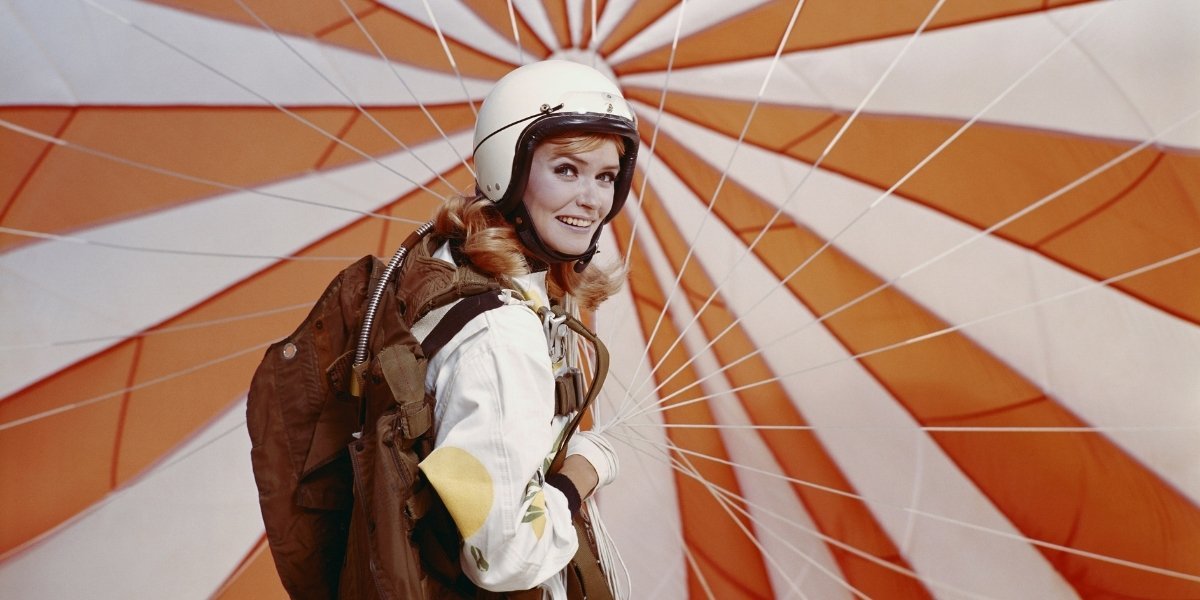Print advertising has entered a transformative phase. The rise of artificial intelligence is shifting how campaigns are conceived, executed, and consumed. Once a realm dominated by human artistry and live models, today’s visual storytelling increasingly involves algorithms that generate images, simulate human features, and automate design. As this technology takes hold, it brings not only new tools but new responsibilities—especially in how brands handle ethics, authenticity, and human representation.
Read Also: The Impact of Iconic Supermodels on Pop Culture
How Is AI Changing the Creative Process in Print Advertising?
Campaigns that once took weeks to develop can now begin with a single text prompt. Designers and marketers are using AI tools to generate visuals that reflect brand identity, audience preferences, and cultural cues. This rapid production cycle has cut costs and boosted turnaround times. AI doesn’t sleep, doesn’t need reshoots, and can adapt styles instantly.
But this speed comes with a trade-off. The creative process, once filled with collaboration between photographers, art directors, and models, now involves algorithms selecting features, lighting, and composition. It may produce compelling visuals, but the spontaneity and human imperfection that often make print ads memorable risk being lost.
What Happens When Models Are Generated Instead of Hired?
One of the most noticeable shifts involves the replacement of human models with AI-generated figures. These virtual personas can be tailored to look ethnically diverse, age-appropriate, and emotionally expressive. They never get tired. They don’t age. They come without contracts or travel needs.
Some fashion and lifestyle brands have already embraced digital models to showcase products in catalogs or magazine spreads. While the technology creates a cost-efficient solution, it also raises concerns. If audiences cannot tell whether a model is real, does that erode trust? And more critically, what happens to working models whose careers depend on these roles?
How Does Authenticity Come Into Question?
Authenticity has long been a pillar of effective print advertising. People connect with stories they find believable. When AI-generated imagery enters the scene, that sense of truth becomes more complex. A smiling face in a skincare ad may never have existed. A hand holding a product could belong to no one.
This ambiguity may feel harmless at first. But over time, it could undermine credibility. Brands that rely too heavily on synthetic visuals risk alienating consumers who value transparency. Once trust is eroded, even well-intentioned campaigns can suffer. Clear labeling of AI-generated content might help—but it remains a point of debate among advertisers and regulators.
What Are the Ethical Risks of Using AI-Generated People?
The ethical implications of AI in print advertising extend beyond artistic choices. Bias can be baked into the data used to generate images. If a brand unknowingly uses a system trained on skewed inputs, it may reinforce harmful stereotypes about beauty, gender, or race.
Then there’s the issue of consent. Some image generators scrape photographs from across the internet to “learn” facial structure and styling. The individuals in those images likely never agreed to have their likeness used. As digital likenesses become more realistic, the line between inspiration and exploitation becomes harder to see.
There’s also an emotional dimension. For models who’ve worked years to build careers in editorial and commercial print, the arrival of synthetic alternatives feels like displacement. Technology that was meant to assist the creative process now appears to compete with living artists.
Can AI Enhance Inclusion or Just Replicate Bias?
Supporters of the technology argue that AI can expand representation. Algorithms can be trained to reflect a wider range of body types, skin tones, and cultural expressions than traditional agencies sometimes offer. Used thoughtfully, AI has the potential to correct historical gaps in visibility.
But inclusion achieved through simulation may not be inclusion at all. Real people bring more than a look to a campaign—they bring voice, agency, and lived experience. A virtual model may display the visual markers of diversity but lacks the human presence behind the image. When representation is automated, it risks becoming performative.
How Are Brands Responding to These New Challenges?
Some companies are moving forward with caution. They use AI to ideate but continue to hire real models for final campaigns. Others have begun adopting internal ethics guidelines, reviewing all AI-generated assets through a human lens before publication. A few brands now openly disclose which images are synthetic and why they chose to use them.
Industry leaders are beginning to call for clearer standards. The conversation is moving beyond tools and trends toward responsibility and long-term impact. After all, print advertising doesn’t just sell products—it shapes culture. Every decision made behind the scenes has ripple effects in public perception.
What Role Will Humans Play Moving Forward?
Despite the influx of automation, people remain central to the storytelling process. AI may assist with visuals, but it cannot replace the creative instincts, emotional awareness, and social sensitivity of human professionals. Art directors still make the final call. Photographers adapt on the fly. Models convey emotion that an algorithm cannot invent.
As AI becomes more common, the industry may shift toward hybrid workflows. Machine-generated drafts can serve as starting points, refined by human editors. Models may blend real and virtual attributes—like digital touch-ups over physical shoots. The best campaigns will likely be those where technology supports human vision, not overrides it.
What Must the Industry Do to Stay Ethical and Honest?
Maintaining trust in this new era requires openness. Audiences deserve to know when an image was created by a machine. Models and creatives deserve transparency about how their work or likeness might be used. Advertisers must keep bias in check by involving diverse voices in development and review.
Most importantly, brands must remember the power they hold. What appears on a billboard or magazine cover carries influence. When used wisely, AI can elevate design and broaden expression. When used carelessly, it can mislead, distort, or exclude.
The future of AI in print advertising isn’t about eliminating people—it’s about making better choices with new tools. Ethics and innovation can coexist, but only when guided by respect, honesty, and accountability.














